Imagine setting off on a long-awaited road trip only to find your car stubbornly refusing to start. The culprit? Often, it’s a drained car battery. This common automotive challenge raises a simple yet intriguing question: can a car battery be recharged? Beyond the straightforward yes or no lies a world of science, technology, and practical know-how that can make the difference between a quick fix and an expensive replacement. In this article, we’ll explore the inner workings of car batteries, the possibilities and limitations of recharging them, and the best practices to keep your vehicle powered up and ready to go.
Table of Contents
- Understanding the Basics of Car Battery Chemistry
- Common Causes of Battery Drain and How They Affect Rechargeability
- Step-by-Step Guide to Safely Recharging Your Car Battery at Home
- When to Choose Professional Battery Charging Services
- Signs Your Car Battery Needs Replacement Instead of Recharging
- Tips for Maintaining Battery Health to Prolong Lifespan
- Q&A
- The Conclusion
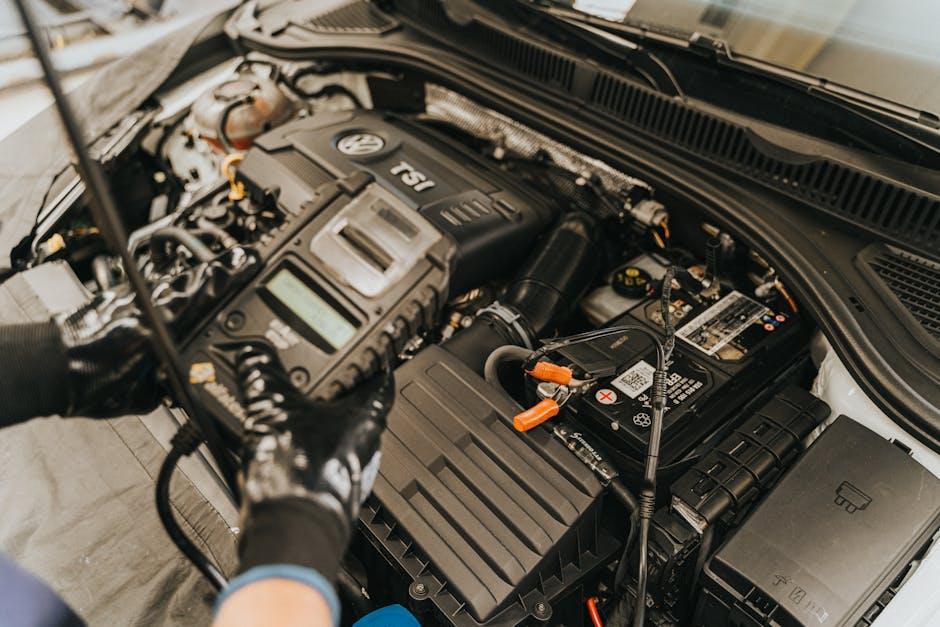
Understanding the Basics of Car Battery Chemistry
The heart of any car battery lies in its unique chemistry, primarily composed of lead plates immersed in sulfuric acid. When the battery discharges, a chemical reaction occurs: lead dioxide (PbO2) on the positive plate and sponge lead (Pb) on the negative plate react with sulfuric acid (H2SO4), producing lead sulfate (PbSO4) and water (H2O). This conversion releases electrons that power your vehicle. Understanding this reversible chemical process is key to realizing how these batteries can be recharged.
Recharging essentially means reversing the reactions by pushing current back into the battery to convert lead sulfate and water back into lead, lead dioxide, and sulfuric acid. However, the efficiency and lifespan of a battery depend on multiple factors, including:
- Battery type: Lead-acid vs. AGM vs. Lithium-ion
- Charge quality: Constant voltage or trickle charging methods
- Temperature conditions: Optimal ranges for chemical reactions
- State of battery health: Degree of sulfation and wear
| Chemical Component | Function | During Discharge | During Recharge |
|---|---|---|---|
| Lead Dioxide (PbO2) | Positive Plate | Converts to Lead Sulfate | Reverts to PbO2 |
| Sponge Lead (Pb) | Negative Plate | Converts to Lead Sulfate | Restores to Pb |
| Sulfuric Acid (H2SO4) | Electrolyte | Converts to Water | Restores to Acid |
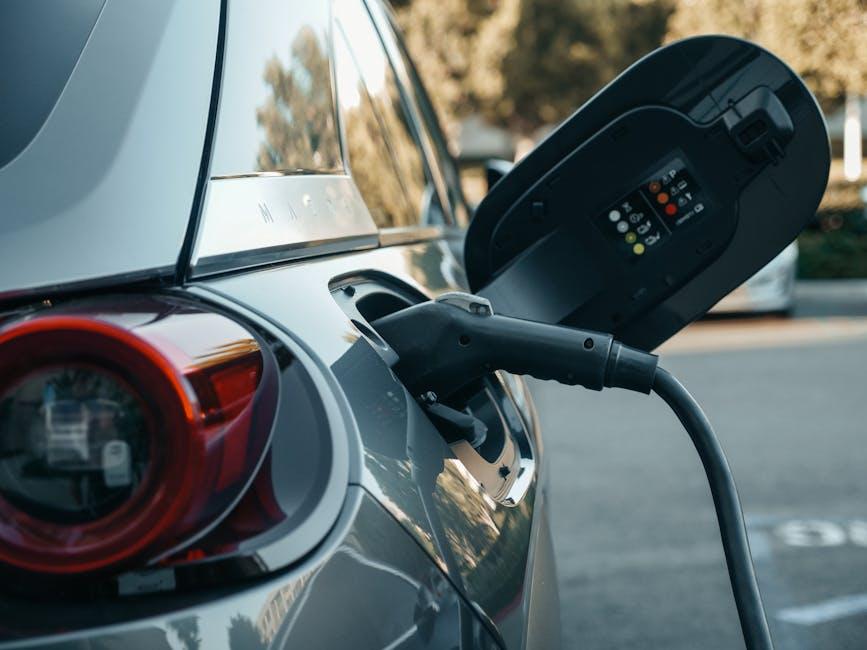
Common Causes of Battery Drain and How They Affect Rechargeability
Several factors can lead to a car battery draining faster than expected, directly influencing how well it can be recharged. Leaving lights or electronics on while the engine is off is a primary culprit, as it continuously saps power without any opportunity to replenish. Additionally, a faulty alternator may fail to provide sufficient charge during driving, leaving the battery in a weakened state. Environmental factors such as extreme cold can also reduce battery efficiency, causing the chemical reactions inside to slow down, which limits how much charge the battery can hold.
Understanding these causes helps in diagnosing battery issues and prevents permanent damage. Here’s a quick overview of common drain sources and their impact on rechargeability:
| Cause | Effect on Battery |
|---|---|
| Parasitic Drain (e.g., lights left on) | Depletes charge quickly; may prevent full recharge |
| Faulty Alternator | Inhibits battery from gaining sufficient charge |
| Extreme Temperatures | Slows chemical reactions, reducing charge capacity |
| Aging Battery | Lowered ability to hold charge, recharges less effectively |
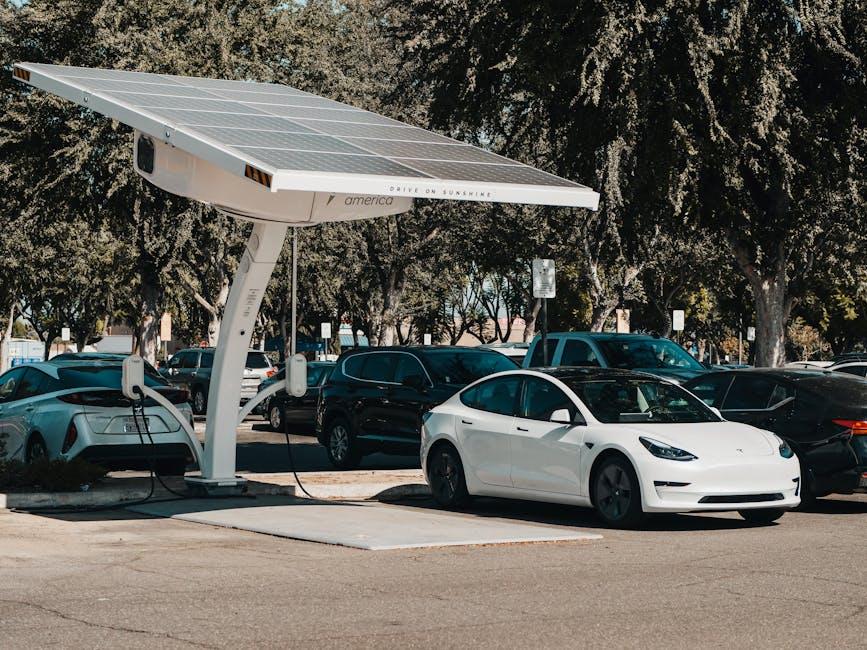
Step-by-Step Guide to Safely Recharging Your Car Battery at Home
Before diving into the process, it’s important to prioritize safety. First, make sure you have the essential tools: a reliable battery charger, protective gloves, and safety goggles. Start by parking your car in a well-ventilated area and turning off the ignition along with all electrical components. Locate the battery and clean its terminals if they appear corroded—this can improve the charging efficiency. When connecting the charger, always attach the positive cable (red) to the positive battery terminal and the negative cable (black) to the chassis or engine block, away from the battery itself to avoid sparks.
Once connected, set the charger to the correct voltage and amperage according to your car battery’s specifications—most car batteries require a 12-volt setting and a slow charge rate for safety. As the battery charges, monitor the process frequently to avoid overcharging, which can cause damage or leakage. Below is a simple guideline table for charging times based on battery size and charger settings:
| Battery Capacity (Ah) | Charge Rate (A) | Approximate Charging Time |
|---|---|---|
| 40 Ah | 4 A | 10-12 hours |
| 60 Ah | 6 A | 10-12 hours |
| 75 Ah | 7.5 A | 10-12 hours |
- Disconnect the charger once fully charged to prevent any damage.
- Reattach the battery terminals if you had disconnected them before charging.
- Test your battery with a multimeter to confirm it holds a healthy voltage (12.6 volts or above when fully charged).

When to Choose Professional Battery Charging Services
When your car battery shows signs of deep discharge or has been left unused for extended periods, it’s often tempting to attempt a quick recharge at home. However, in cases where the battery is older than three years or exhibits physical damage such as corrosion or swelling, allowing professionals to handle the recharging process is the safest bet. Experienced technicians use advanced diagnostic tools to assess battery health comprehensively, minimizing the risk of further damage or safety hazards like acid leaks or electrical shorts.
Consider professional charging services in situations like:
- Multiple failed start attempts despite charger use
- Irregular battery voltage readings during testing
- Presence of warning lights on the dashboard related to battery or charging systems
- Extreme weather conditions affecting battery performance
Professionals can also perform a controlled charge cycle tailored to your battery type, extending its lifespan significantly. Below is a quick comparison of charging approaches that highlights when expert intervention is recommended:
| Charging Method | Best Used For | Risks |
|---|---|---|
| Home Charger | Routine maintenance & minor discharges | Overcharging, incomplete recharge |
| Professional Service | Severe discharge & battery diagnostics | Minimal, controlled with safety measures |
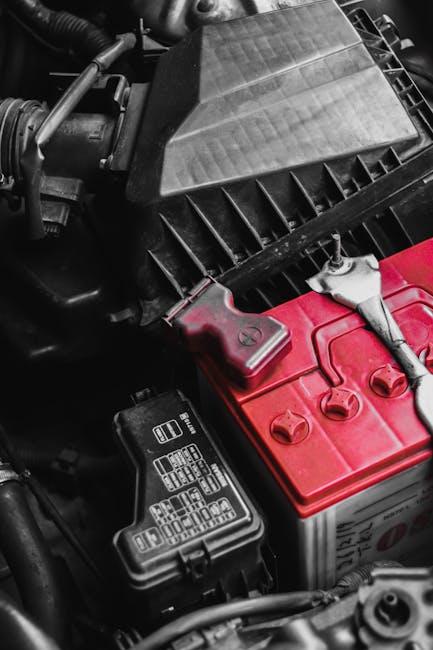
Signs Your Car Battery Needs Replacement Instead of Recharging
Sometimes, no matter how many times you try to jump-start or recharge your car battery, it stubbornly refuses to hold a charge. This is a clear indicator that the battery has passed its prime. Look out for signs such as dim headlights that stay dim even after a recharge attempt or a dashboard warning light that persistently glows. Another telltale symptom is if your vehicle requires multiple jumps within a short period, signaling that the battery’s ability to store energy is severely diminished.
Physical evidence can also reveal a dying battery. Check for corrosion around the terminals that won’t wipe away easily, leaks, or strange bulges on the battery casing. The table below summarizes some common symptoms to help you decide whether it’s time for a replacement rather than another hopeless recharge attempt.
| Symptom | What It Means |
|---|---|
| Consistent Slow Starts | Battery struggling to provide enough power |
| Rapid Battery Drain | Unable to hold charge after short use |
| Swollen Battery Case | Internal damage due to overheating |
| Old Battery Age (3-5 years) | Expected lifespan nearing end |
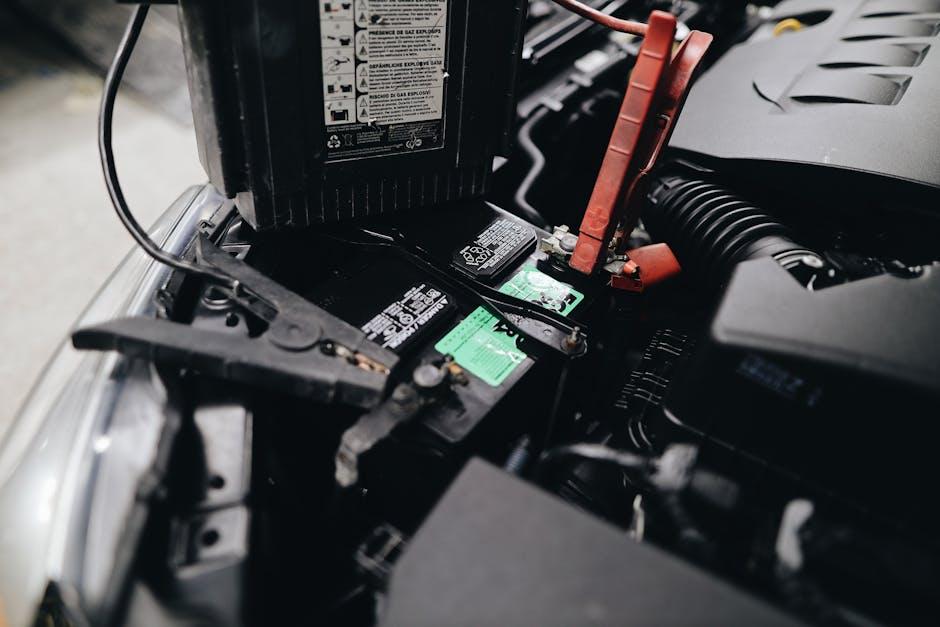
Tips for Maintaining Battery Health to Prolong Lifespan
Keeping your car battery in top shape often means the difference between a reliable start and unexpected hassle. To maximize longevity, avoid leaving your vehicle unused for extended periods; batteries naturally discharge over time, and a dormant battery can fall below its optimal charge level. Regularly driving your car for at least 20 minutes every week revitalizes the battery through the alternator’s charging process. Extreme temperatures also take a toll—hot summers accelerate fluid evaporation inside the battery, while freezing winters can reduce its capacity. Parking in shaded or sheltered areas can shield your battery from these harsh conditions.
Simple maintenance habits go a long way. Periodically clean battery terminals using a mixture of baking soda and water to prevent corrosion, which impedes the current flow. Ensure that all connections are tight and secure. Consider using a battery maintainer or trickle charger if your car often sits idle, as it provides a steady, low-voltage charge without overcharging. Below is a quick reference guide for everyday care:
- Drive regularly: At least once a week for 20 minutes or more
- Clean connections: Remove corrosion buildup every 3 months
- Use battery maintainer: Ideal for infrequent use or seasonal vehicles
- Protect from temperature extremes: Park in shaded or insulated spots
| Maintenance Step | Recommended Frequency |
|---|---|
| Terminal Cleaning | Every 3 months |
| Battery Charge Check | Monthly |
| Battery Maintainer Use | When car is inactive > 2 weeks |
| Inspection for Damage | Every 6 months |
Q&A
Q: Can a car battery be recharged?
A: Yes, a car battery can definitely be recharged. Most car batteries are designed as rechargeable lead-acid batteries, meaning they store electrical energy and can be replenished when depleted.
Q: How does recharging a car battery work?
A: When the battery’s charge runs low, it can be restored by supplying an external electrical current, usually via the car’s alternator when the engine runs, or with a dedicated battery charger connected to an outlet.
Q: Is it possible to recharge a dead car battery at home?
A: Absolutely! Using a portable battery charger or trickle charger, you can recharge a car battery in your garage. However, it’s important to follow safety precautions and the charger’s instructions carefully.
Q: Can all car batteries be recharged indefinitely?
A: Not indefinitely. Over time, car batteries lose capacity due to chemical wear and tear. Recharging can restore energy temporarily, but eventually, the battery will need replacement.
Q: What if a car battery won’t hold a charge?
A: If a battery won’t retain a charge even after recharging, it may be sulfated or damaged. In that case, recharging won’t help, and replacing the battery is usually necessary.
Q: Does recharging take long?
A: Charging time varies depending on the battery’s state, the charger’s output, and battery capacity. It can range from a few hours with a fast charger to overnight or longer with a slow trickle charger.
Q: Can jump-starting a car recharge the battery?
A: Jump-starting helps start a car with a dead battery by providing a temporary power boost from another battery. While it doesn’t recharge the battery directly, once running, the car’s alternator will begin charging the battery.
Q: Are there any risks to recharging a car battery?
A: Yes, improper charging can cause overheating, acid leaks, or even explosions. It’s critical to use the right type of charger, ensure proper ventilation, and follow manufacturer guidelines.
Q: Can a car battery be recharged with solar power?
A: Yes, solar battery chargers designed for cars can recharge batteries by converting sunlight into electrical energy. This method can be convenient for maintaining battery charge when a car is not driven for long periods.
Q: What’s the best way to maintain a healthy car battery?
A: Regularly driving your car to allow the alternator to recharge the battery, avoiding short trips, cleaning battery terminals, and using a battery maintainer if the car sits unused for weeks all help extend battery life.
The Conclusion
In the end, the question of whether a car battery can be recharged isn’t just a matter of yes or no—it’s a gateway to understanding the heartbeat of your vehicle. While most car batteries are designed with the ability to regain their charge, the true story lies in how, when, and why this rejuvenation happens. From the slow drip of a trickle charger to the powerful surge of the alternator, recharging breathes new life into that essential box under your hood. So next time your car struggles to start, remember: the answer lies in electricity’s quiet dance, ready to bring power back to your ride—if you know the steps.

